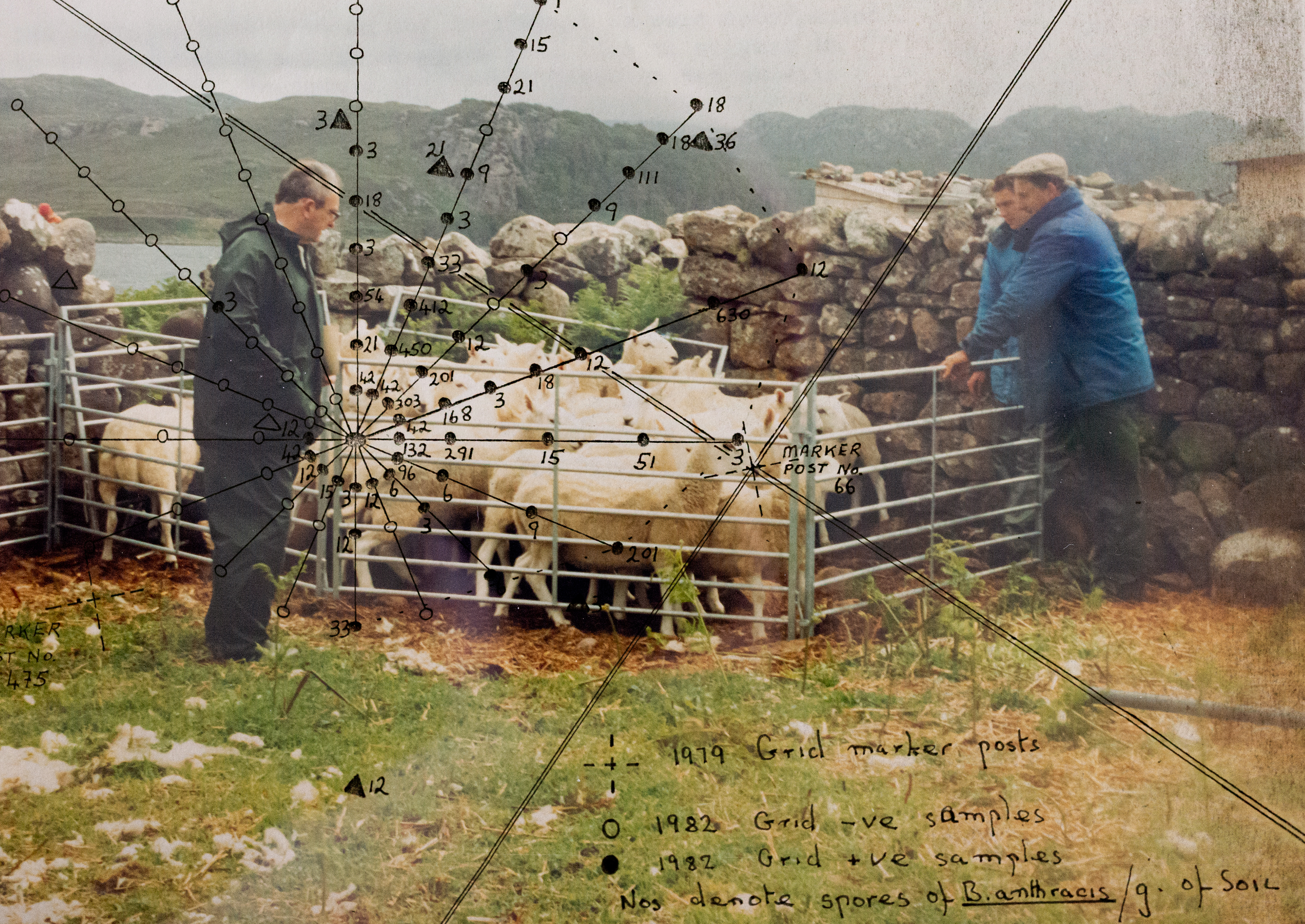Operation Sabotage
(2022 - )
︎︎︎ Investigative
︎︎︎ Archival
︎︎︎ Archival
︎︎︎
CBRN
︎︎︎ Biological Weapons
︎︎︎ Porton Down
︎︎︎ Top Secret
︎︎︎ Biological Weapons
︎︎︎ Porton Down
︎︎︎ Top Secret
An ongoing visual investigation into a series of biological weapons trials conducted in public spaces across Britain from 1950 to 1964.
In 1950, the Chief Superintendent of Microbiological Research Department, Porton Down, instigated a series of trials on the behaviour of bacterial aerosols released within vehicles, tunnels, buildings and within means of access of buildings. These trials were to determine the vulnerability of the public and government to sabotage attacks with Biological Weapon agents. The next 14 years would see five distinct series of trials using biological agents in public spaces.
This project lays out the events of each trial.

##–##–01952 (024)
Porton Down scientist recording the results of a biological trial in government owned tunnels under Wiltshire.
Porton Down scientist recording the results of a biological trial in government owned tunnels under Wiltshire.
##–##–01964 (025)
Bacillus globigii in a conventional cardboard face powder carton. This was held together in such a way as it burst open when dropped from the window of a London Underground train. A little of the original face powder was added to “provide the correct odour” so that no undue interest would have been taken in the post-trial discovery of the box on the track.
Bacillus globigii in a conventional cardboard face powder carton. This was held together in such a way as it burst open when dropped from the window of a London Underground train. A little of the original face powder was added to “provide the correct odour” so that no undue interest would have been taken in the post-trial discovery of the box on the track.
##–##–01950 (028)
In earlier trials, the main stimulant used was Serratia marcescens: a few trials were also done with Bacillus globigii. Because twice-weekly long exposures to the aerosolised bacteria were involved, full protective clothing and respirator use was adopted. Further, the batches of SM were checked for non-pathogenicity with animal testing.
In earlier trials, the main stimulant used was Serratia marcescens: a few trials were also done with Bacillus globigii. Because twice-weekly long exposures to the aerosolised bacteria were involved, full protective clothing and respirator use was adopted. Further, the batches of SM were checked for non-pathogenicity with animal testing.










